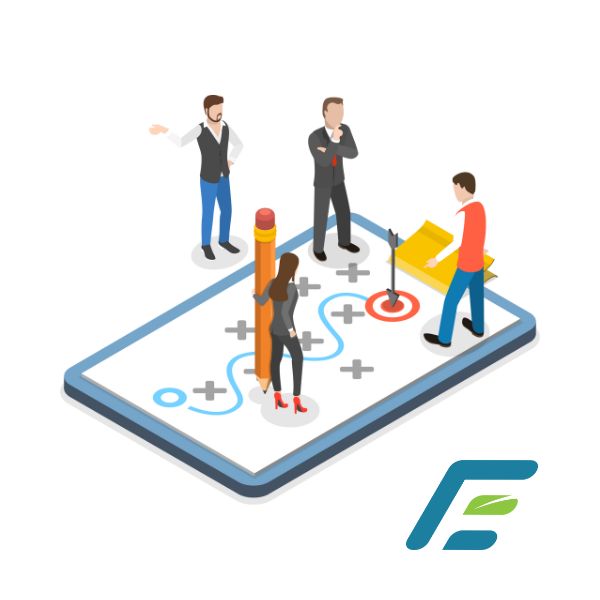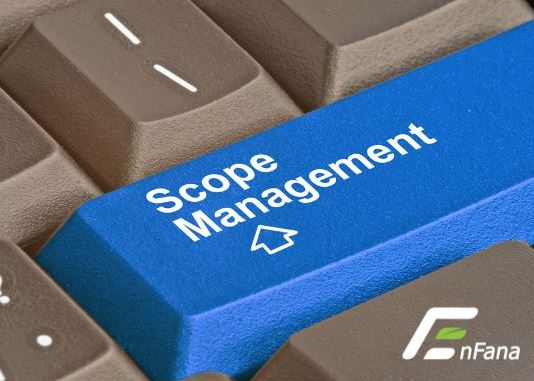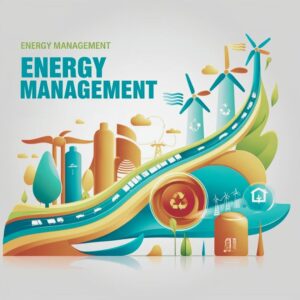The 50001 Ready program provides organizations with a clear framework to establish and maintain an energy management system (EnMS) aligned with ISO 50001 standards. The first phase, Context of the Organization, lays the foundation for a successful EnMS by focusing on understanding your organization’s internal and external landscape. In this post, we’ll break down Tasks 1-3 of this phase, offering actionable insights and tips to help you complete them efficiently.
Task 1: Identify Internal and External Strategic Issues (Risks & Opportunities)
Objective: Identify and document the internal and external strategic issues impacting your organization’s ability to improve energy performance and achieve EnMS goals. Categorize these issues as risks or opportunities.
Key Deliverable: A comprehensive list of strategic issues, categorized as:
- Internal or External
- Risks or Opportunities to EnMS goals

Tips for Completing Task 1
- Common External Issues to Consider:
- Economic and financial conditions
- Regulatory and legal requirements
- Technological developments
- Environmental conditions and climate change impacts
- Restrictions on energy supply or price volatility
- Common Internal Issues to Consider:
- Core business objectives and strategies
- Organizational structure and decision-making processes
- Technological capabilities and sustainability goals
- Resource availability, including financial and human capital
- Leverage Existing Resources: Use existing strategic plans, energy consumption data, and sustainability initiatives to identify relevant issues.
- Engage Stakeholders: Collaborate with management, energy teams, and sustainability leaders to ensure alignment with organizational goals.
- Document Thoroughly: Utilize structured tools, such as the 50001 Ready Playbook worksheets, to maintain consistency.
- Optional Decarbonization Considerations: For organizations managing greenhouse gas (GHG) emissions, incorporate climate risks and opportunities, such as carbon pricing or emissions reporting mandates.
Outcome: A well-rounded understanding of your organization’s context, ensuring alignment of the EnMS with strategic goals and supporting risk assessment and decarbonization planning.
How Enfana Can Help: Our experts conduct tailored workshops and analyses to streamline issue identification, ensuring your documentation is comprehensive and actionable.
Task 2: Identify Interested Parties and Legal Requirements
Objective: Identify key internal and external stakeholders, understand their energy-related needs, and establish a process for evaluating compliance with energy-related legal requirements.
Key Deliverables
- List of Interested Parties and Their Expectations:
- Internal: Leadership, employees, energy teams
- External: Regulatory bodies, community groups, customers, suppliers
- Focus on compliance, conservation, and sustainability
- Energy-Related Legal and Other Requirements:
- Relevant laws, corporate mandates, and voluntary standards
- Compliance Evaluation Process:
- A defined schedule for regular reviews and corrective actions

Tips for Completing Task 2
- Engage Cross-Functional Teams: Ensure all relevant stakeholders are considered by consulting cross-departmental teams.
- Differentiate Needs:
- Mandatory: Regulatory and compliance requirements
- Voluntary: Goals like energy conservation or achieving net-zero targets
- Stay Informed on Legal Requirements: Use external resources, such as government websites or industry consultants, to identify applicable laws and standards.
- Define Clear Processes: Assign roles and responsibilities for monitoring compliance and establish regular evaluation schedules.
- Review Periodically: Conduct periodic reviews to ensure ongoing alignment and identify improvement opportunities.
Outcome: Alignment with legal obligations and stakeholder expectations, ensuring your organization meets regulatory compliance while pursuing broader energy goals.
How Enfana Can Help: We simplify the process of stakeholder and legal requirement identification, expediting task completion with minimal effort.
Task 3: Define Scope and Boundaries of the EnMS
Objective: Define and document the scope and boundaries of your EnMS, determining where and how energy management efforts will be applied.
Key Deliverables
- Scope of the EnMS: Specifies activities and processes included.
- Boundaries of the EnMS: Identifies physical or organizational limits (e.g., specific facilities, departments, or fleets).
- Scope and Boundaries Statement: A formal document approved by top management.

Tips for Completing Task 3
- Define the Scope: Use tools like organizational charts, site maps, process layouts, and energy consumption data to clarify included activities. Consider:
- Areas with insufficient energy data
- Facilities lacking employee participation
- Locations under separate management structures
- Determine Boundaries: Clearly define physical or operational limits to ensure control over energy use within these areas. Questions to address:
- What areas are included or excluded?
- How do these compare with your site map?
- Do you have authority over energy use within the defined boundaries?
- Document Scope and Boundaries: Detail all parameters in a formal statement. For organizations focusing on decarbonization, include considerations for GHG Scope 1, 2, and 3 emissions.
- Engage Top Management: Secure leadership approval to align the scope with organizational priorities.
Outcome: A clearly defined scope and boundaries focus your energy management efforts on areas aligned with strategic and operational priorities.
How Enfana Can Help: We provide tools and expertise to help define the scope and boundaries effectively, ensuring alignment with your energy and sustainability goals.
Conclusion
Completing Tasks 1-3, section Context of The Organization of the 50001 Ready program establishes a solid foundation for a successful EnMS. By identifying strategic issues, engaging stakeholders, and defining the scope and boundaries, you position your organization for long-term energy performance improvement.
Ready to fast-track your 50001 Ready journey? Enfana offers tailored guidance, tools, and expertise to help you navigate these tasks efficiently while maintaining alignment with ISO 50001 standards? Contact Enfana today to take the first step toward optimized energy management!!
Resources
- Stay updated by following Enfana on LinkedIn.
- Learn more about EnFana’s Accelerated Energy Management Implementation.


